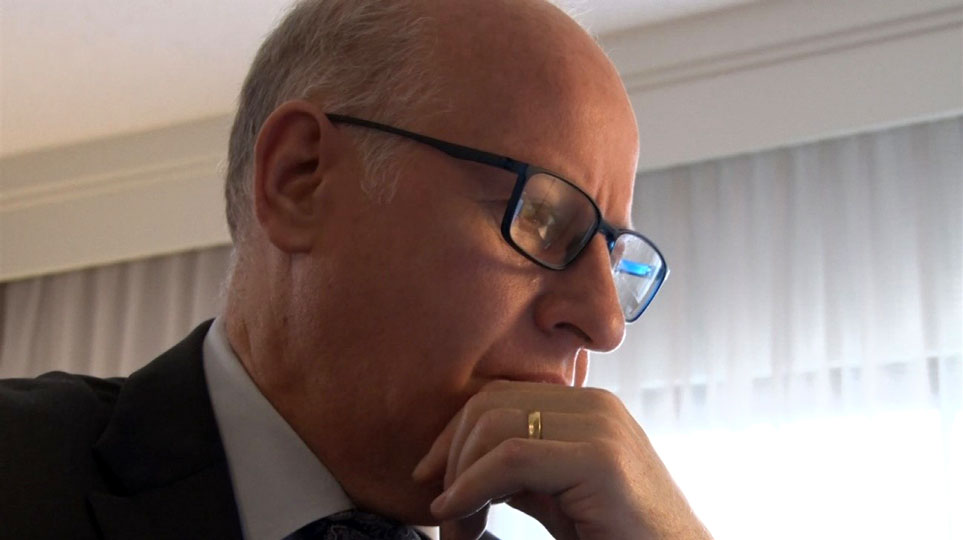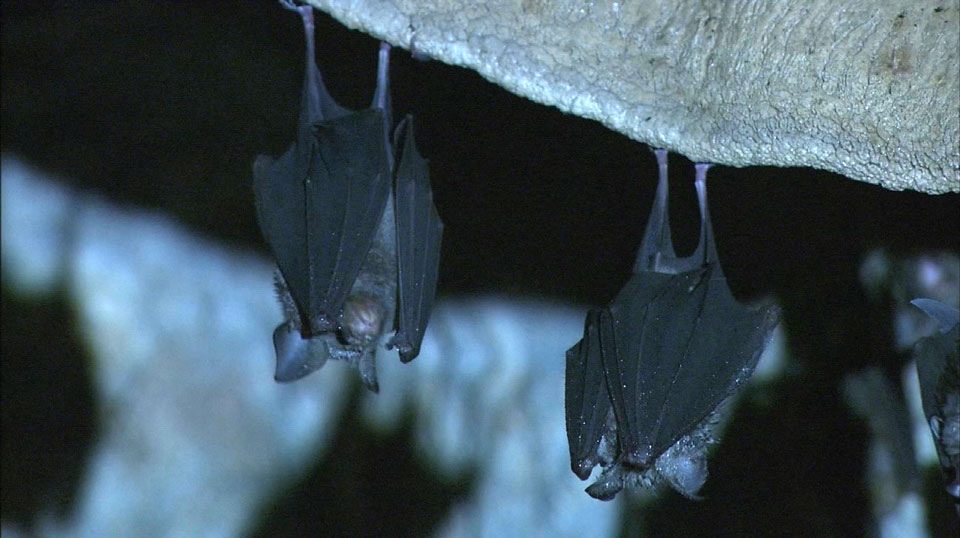Biden released a statement in late May that reveals US intelligence agencies are split over whether the virus came from human contact with an infected animal, or was released in a laboratory accident. He has asked key agencies to dig deeper, giving them 90 days to deliver a new report and shed more light on competing theories.
When was the first human infection?
“Our earliest estimate would be around early October 2019,” says Professor Lucy van Dorp of the University College London Genetics Institute. She has studied the timing of first human infection by examining minute genetic differences in COVID-19.
Van Dorp and her team analyzed samples from more than 7,000 people around the world. She constructed what is known as a phylogenetic tree — a family tree — of the viruses to determine that mutations occurred about twice a month. Her timeline for the virus is based on that rate.

As she went back in time, the family tree began to coalesce at a certain point. That was when the common ancestor virus first jumped to humans. The earliest estimate is October 6, 2019. This predates - by more than two months - an online statement from China’s Wuhan Municipal Health Commission about a pneumonia outbreak in the city. The notice was posted on December 31.
“Genomic sequencing data gives you an unbiased account of the demographic history of the virus. It gives us a reasonably reliable time point,” says van Dorp.
Findings by other researchers have also pointed to earlier dates. An Italian study estimates September 28, and a genetic analysis in China puts it at October 15. Several studies suggest human infection likely occurred before mid-November.
Where did the virus come from?
One of the theories being investigated by the US is that the virus leaked from the Wuhan Institute of Virology. The Institute had been conducting research on a coronavirus called RaTG13, which happens to be a 96.2 percent genetic match with COVID-19. A US diplomat who visited the Institute in 2018 expressed concerns about security measures, citing “a shortage of the highly trained technicians and investigators required to safely operate” the lab.
China vehemently denies the claim that the virus leaked from the lab. A World Health Organization team that visited the Institute to investigate also concluded that it is “extremely unlikely” that the Institute was the source. Chinese Foreign Ministry spokesman Zhao Lijian lashed out at Washington for pursuing the theory, saying at a May news conference that “they are being disrespectful to science”.

A member of the WHO team that traveled to China, Peter Daszak, notes that southwest China is regarded as a “hotspot” for infectious diseases. He believes the virus may have emerged from a mountainous region on the border of Guangdong and Yunnan provinces.
The SARS virus that spread in 2002 originated in Guangdong Province. Pangolin coronaviruses, found in the native exotic animal, have a greater than 85 percent genetic match with the new coronavirus. And the RaTG13 virus, which was the subject of speculation because of a genetic match of over 96 percent, was originally found in bats in Yunnan Province.
Daszak, who faces conflict-of-interest allegations over reported links to the Wuhan lab, believes that people in farming communities in the bat’s habitation range may have been the first to be infected. “Tens of millions of people in rural parts of China and Southeast Asia interact with wildlife every day. They go to visit bat caves, they dig the bat feces out, they use it as fertilizer on their crops and as traditional Chinese medicine,” he says.

Daszak plans to visit the bat caves if he gets China’s permission to collect blood and fecal samples. He hopes this can lead them to a virus that is an even closer match to the new coronavirus than RaTG13.
“The central focus of what’s going to happen on the WHO mission is to try and understand how a probable bat virus which may have come from rural China ended up in a city a thousand miles away,” Daszak says. “How did it get there?”
